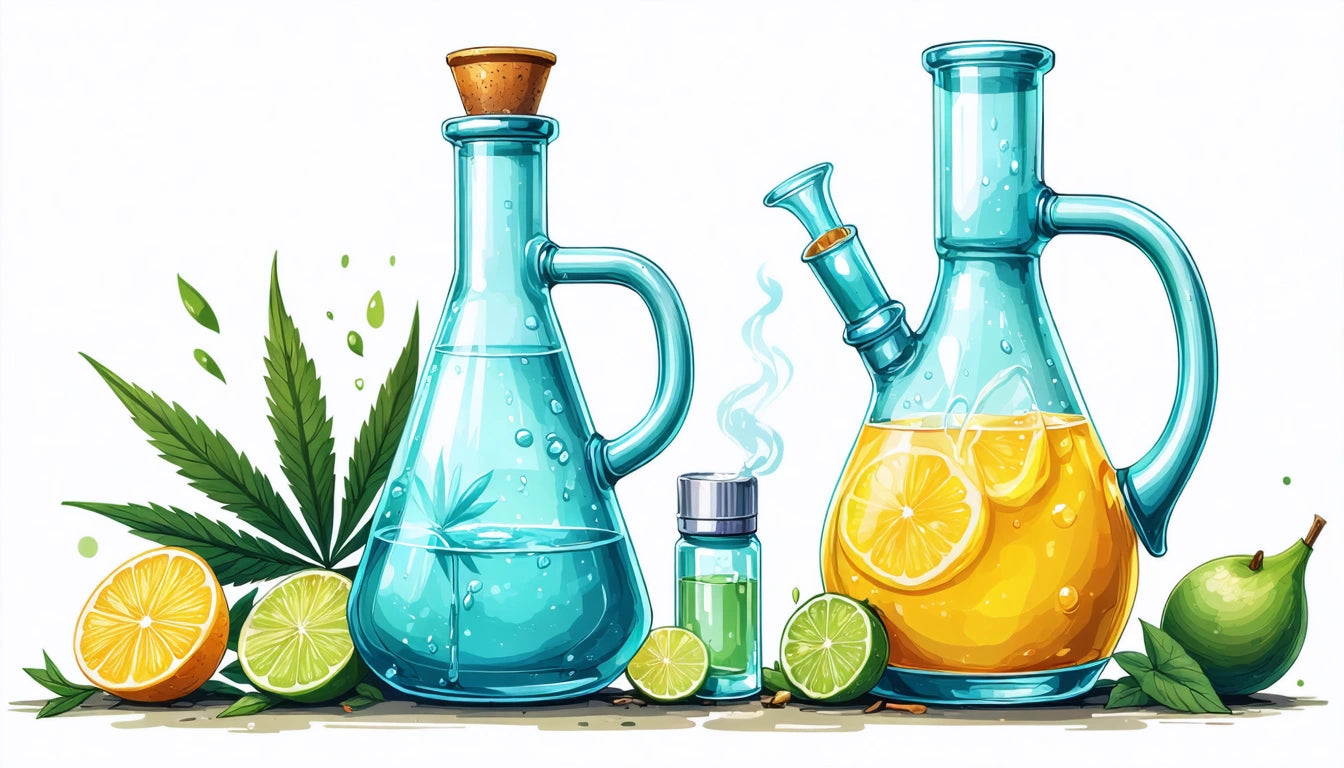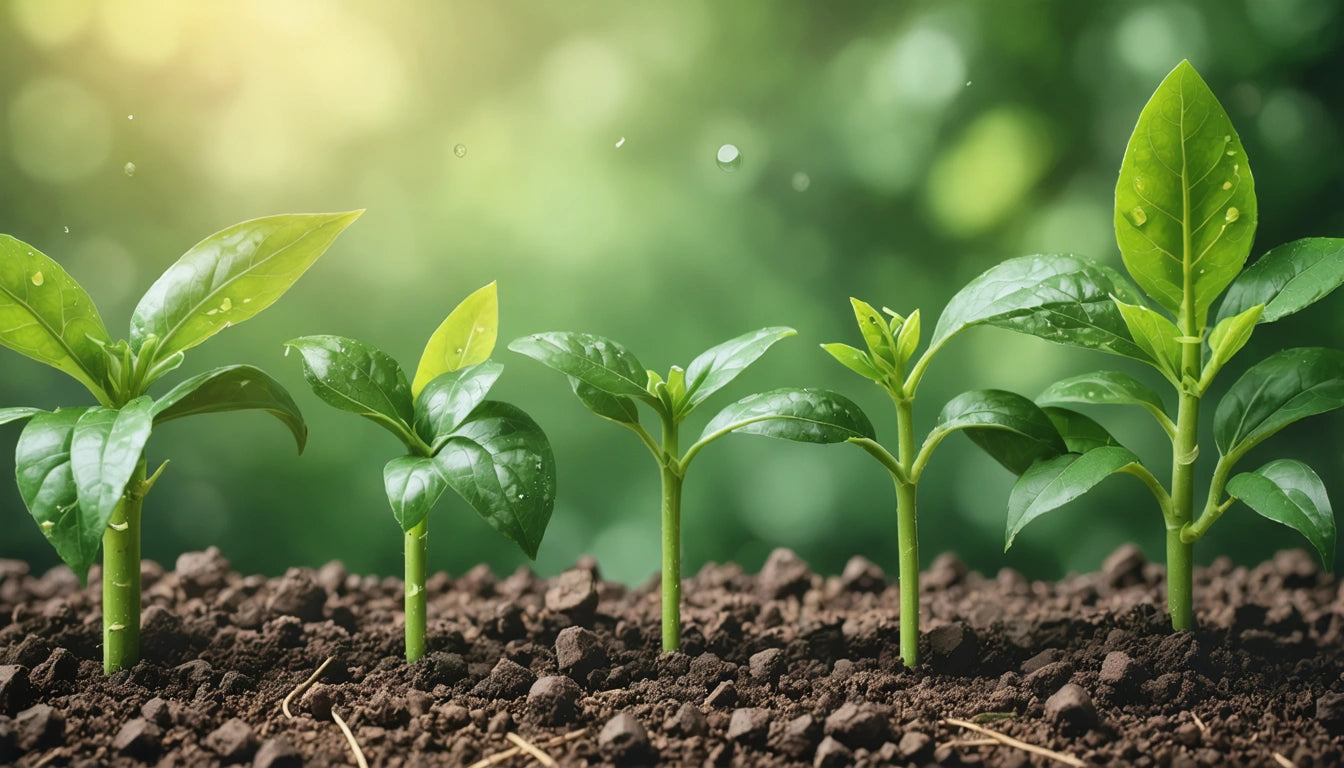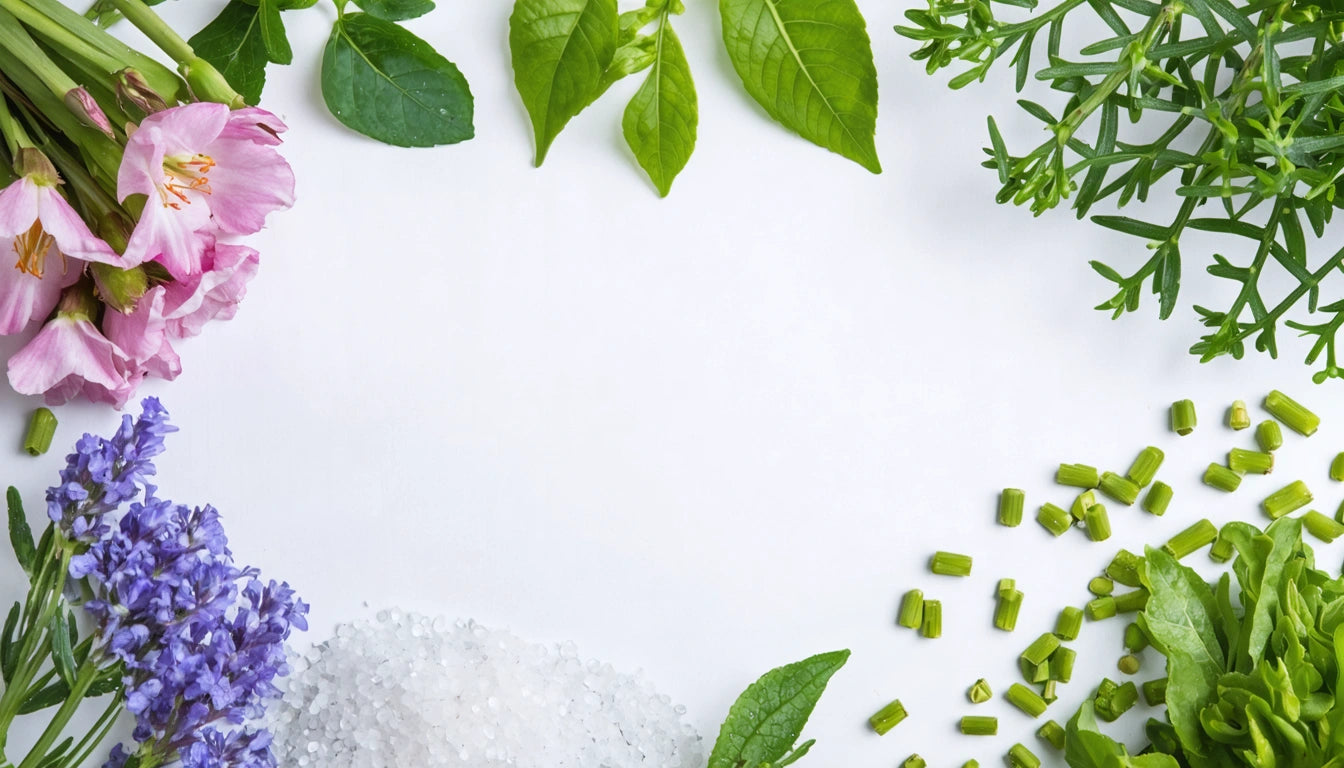Table of Contents
The Ultimate Guide to Using and Maintaining Your Bong: Water Levels, Alternatives, and Maintenance Tips
Proper bong maintenance is essential for both the longevity of your piece and the quality of your smoking experience. From determining how much water to put in a bong to exploring alternative liquids and establishing cleaning routines, this comprehensive guide covers everything you need to know about bong care and usage.
Proper Water Levels for Different Bong Types
The question of how much water should be in a bong depends largely on your bong's design. The general rule is to add enough water to cover the downstem opening by about 1/2 to 1 inch, allowing for proper percolation without water splashing into your mouth.
Straight Tube Bongs
For straight tube designs, fill water to about 1 inch above the downstem's opening. This provides sufficient filtration while preventing splash-back during inhalation.
Beaker and Round Base Bongs
These wider-based bongs require more water to reach the appropriate level. Fill until the water covers the downstem opening by approximately 1 inch. The larger water capacity helps cool smoke more effectively.
Multi-Chamber and Percolator Bongs
For complex bongs with multiple chambers or percolators, each section may need different water levels. The primary chamber follows the standard rule, while percolator chambers typically need just enough water to submerge the percolation holes. As noted in this comprehensive bong guide, proper water levels in percolators dramatically improve filtration efficiency.
The debate between more or less water in bong chambers comes down to personal preference. More water provides additional filtration and cooling but creates more drag when inhaling. Less water offers easier airflow but less filtration.
Water Alternatives: What Else Can You Put in a Bong?
Many users wonder, "Can you put something besides water in a bong?" While water is the standard, several alternatives can enhance your smoking experience:
- Ice water: Provides cooler, smoother hits
- Cranberry juice (diluted): The acidity helps prevent resin buildup
- Lemon water: Adds a citrus flavor and helps keep your bong cleaner
- Tea (cooled): Adds subtle flavors to your hits
- Rose water: Offers a floral essence to the smoking experience
Avoid using alcoholic beverages, which can create potentially harmful vapors when heated. Similarly, sugary drinks should be avoided as they create sticky residue that's difficult to clean and can promote bacterial growth.
Bong Maintenance Schedule: When to Change Your Water
How often should you change bong water? Ideally, after every session. At minimum, daily changes are recommended. Stagnant bong water quickly becomes a breeding ground for bacteria and mold, which can affect both the taste of your smoke and potentially your health.
Signs that indicate your bong water needs immediate changing include:
- Discoloration (brown or gray water)
- Unpleasant odor
- Visible particles floating in the water
- Resin ring forming at the water line
- Bubbles that persist after use
For heavy users, changing water multiple times per day may be necessary. As explained in this bong cleaning guide, regular water changes significantly reduce the frequency of deep cleaning sessions.
Essential Cleaning Techniques for Pristine Hits
Beyond water changes, regular deep cleaning is crucial for maintaining your bong. For optimal results, consider using specialized equipment like automatic cleaning devices that efficiently remove residue from hard-to-reach areas.
Basic Cleaning Method
For routine cleaning:
- Empty all water and rinse with warm water
- Add coarse salt and isopropyl alcohol (91%+)
- Cover openings and shake vigorously
- Rinse thoroughly with warm water
- Allow to dry completely before next use
Stubborn Residue Removal
For persistent buildup, soaking components overnight in alcohol solution or using specialized bong cleaning solutions can help dissolve tough residue. Pipe cleaners and bottle brushes can reach difficult areas in downstems and percolators.
DIY Bong Solutions for Emergency Situations
In a pinch, knowing how to make a diy water bong can be useful. Temporary solutions include:
- Plastic bottle bong: Using a plastic bottle, pen tube, and aluminum foil
- Apple pipe: Carving a temporary pipe from an apple
- Gravity bong: Creating a vacuum system with bottles and water
While these methods work temporarily, they're not ideal for regular use. As this beginner's guide to bongs explains, homemade solutions often use materials that aren't designed for smoking and may release harmful chemicals when heated.
Optimizing Your Smoking Experience: Advanced Tips
Beyond basic maintenance, several factors can enhance your bong experience:
Water Temperature Considerations
Cold water provides smoother hits by cooling the smoke, while warm (not hot) water can create a steamier, sometimes more flavorful experience. Experimenting with different water temperatures can help you find your preference.
Accessory Upgrades
Consider enhancing your bong with:
- Ash catchers to keep your main piece cleaner
- Diffused downstems for better filtration
- Ice pinches or ice catchers for cooler hits
- Specialized bowl pieces with screens
Understanding how much water to put in a bong and maintaining proper cleaning habits will significantly improve both the longevity of your piece and the quality of each smoking session. With these guidelines, you'll enjoy cleaner, smoother hits while preserving your investment in quality glassware.











Leave a comment
All comments are moderated before being published.
This site is protected by hCaptcha and the hCaptcha Privacy Policy and Terms of Service apply.